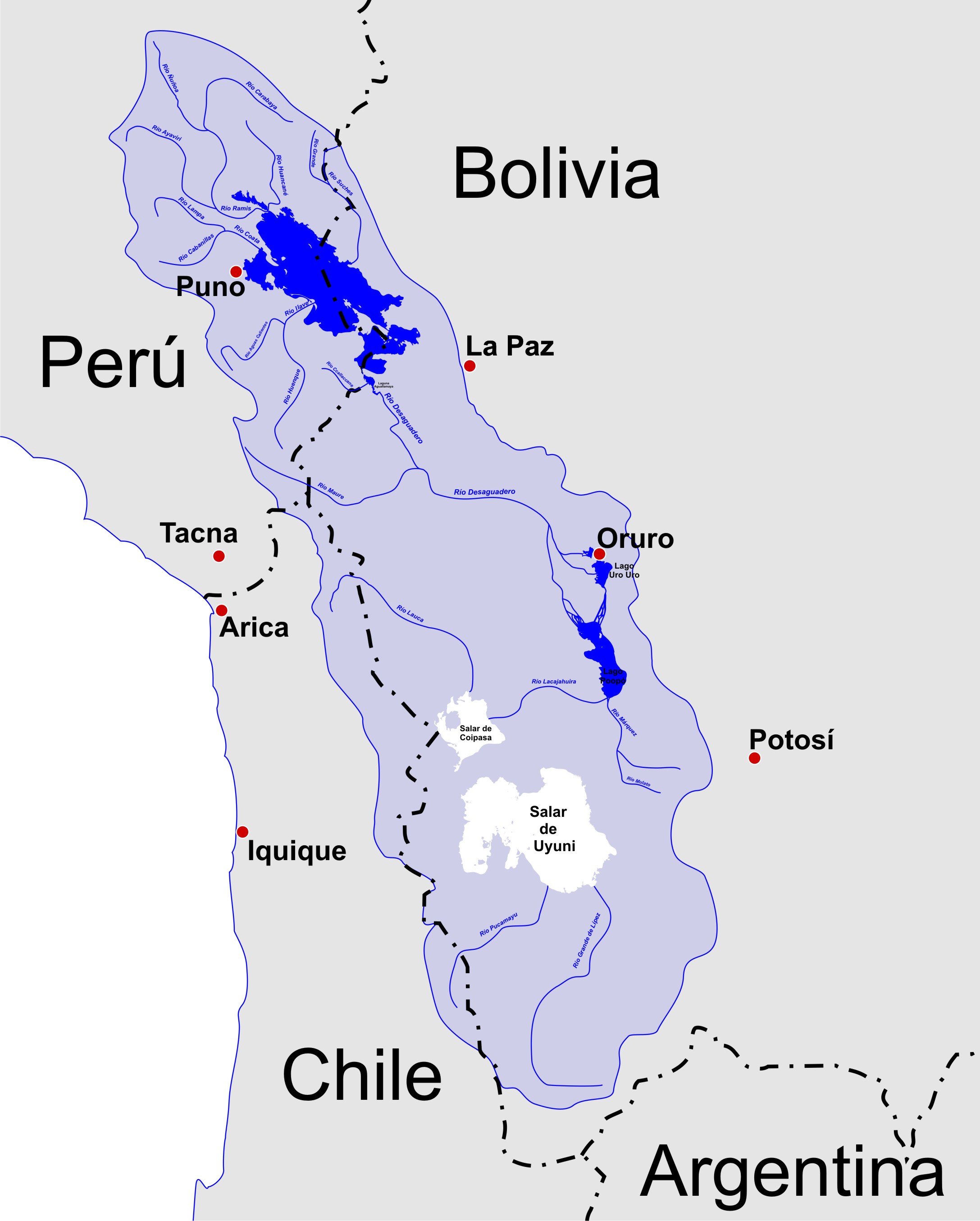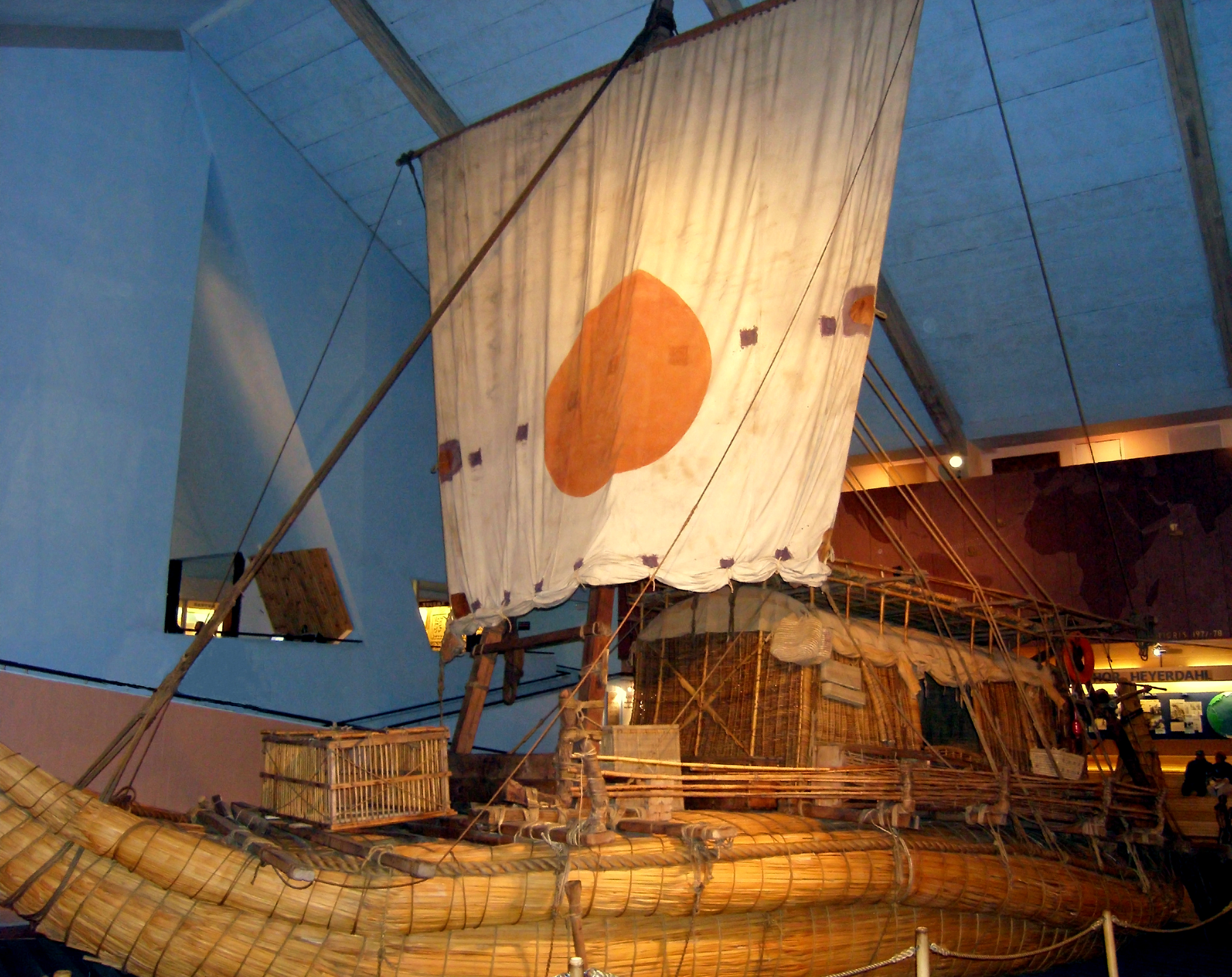|
Achacachi Municipality
Achacachi Municipality is one of six municipalities of the Omasuyos Province in the La Paz Department in Bolivia. Its seat is Achacachi. The municipality is situated in the northern Altiplano of the Bolivian Andes region on the eastern shore of Lake Titicaca bordered to the north by the Larecaja Province, to the east by the Los Andes Province, to the south-east by the Huarina Municipality, to the west by the Santiago de Huata Municipality, to the south by the Huatajata Municipality and Chúa Cocani Municipality (these four municipalities were cantons of the Achacachi Municipality until 2005, 2009, and 2010, respectively), to the south-west by Lake Wiñaymarka and the northern part of Lake Titicaca, and to the north-west by the Ancoraimes Municipality. Population The people are predominantly indigenous citizens of Aymara Aymara may refer to: Languages and people * Aymaran languages, the second most widespread Andean language ** Aymara language, the main language within th ... [...More Info...] [...Related Items...] OR: [Wikipedia] [Google] [Baidu] |
Altiplano
The Altiplano (Spanish for "high plain"), Collao ( Quechua and Aymara: Qullaw, meaning "place of the Qulla") or Andean Plateau, in west-central South America, is the most extensive high plateau on Earth outside Tibet. The plateau is located at the latitude of the widest part of the north-south-trending Andes. The bulk of the Altiplano lies in Bolivia, but its northern parts lie in Peru, and its southwestern fringes lie in Chile. There are on the plateau several cities in each of these three nations, including El Alto, La Paz, Oruro, and Puno. The northeastern part of the Altiplano is more humid than the southwestern part, which has several salares (salt flats), due to its aridity. At the Bolivia–Peru border lies Lake Titicaca, the largest lake in South America. Farther south, in Bolivia, there was until recently a lake, Lake Poopó, but by December 2015 it had completely dried up, and was declared defunct. It is unclear whether that lake, which had been the second-large ... [...More Info...] [...Related Items...] OR: [Wikipedia] [Google] [Baidu] |
Q'ara Qullu
Q'ara Qullu (Aymara ''q'ara'' bare, bald, ''qullu'' mountain, "bare mountain", also spelled ''Khara Khollu, Khara Kkollu'') is a mountain in the Andes of Bolivia. It is situated in the La Paz Department, Omasuyos Province, Achacachi Municipality. Q'ara Qullu lies south of Janq'u Uma and Janq'u K'ark'a of the Cordillera Real. San Francisco Lake __NOTOC__ San Francisco Lake is a lake A lake is an area filled with water, localized in a basin, surrounded by land, and distinct from any river or other outlet that serves to feed or drain the lake. Lakes lie on land and are not part of ... is at its feet, east of it. References Mountains of La Paz Department (Bolivia) {{LaPazBO-geo-stub ... [...More Info...] [...Related Items...] OR: [Wikipedia] [Google] [Baidu] |
Janq'u K'ark'a (Larecaja-Omasuyos)
Janq'u K'ark'a (Aymara ''janq'u'' white, ''k'ark'a'' crevice, fissure, crack, "white crevice", also spelled ''Jankho Kharka'') is a mountain in the Cordillera Real in the Andes of Bolivia, about high. It is situated in the La Paz Department, Larecaja Province, Sorata Municipality, and in the Omasuyos Province, Achacachi Municipality. Janq'u K'ark'a lies south of the Janq'u Uma-Illampu massif, southeast of the mountain Quña Quñani and the lakes Warawarani ''(Huara Huarani)'' and Jisk'a Warawarani ''(Jiskha Huara Huarani)''. See also * Q'ara Qullu Q'ara Qullu (Aymara ''q'ara'' bare, bald, ''qullu'' mountain, "bare mountain", also spelled ''Khara Khollu, Khara Kkollu'') is a mountain in the Andes of Bolivia. It is situated in the La Paz Department, Omasuyos Province, Achacachi Municipal ... References Mountains of La Paz Department (Bolivia) {{LaPazBO-geo-stub ... [...More Info...] [...Related Items...] OR: [Wikipedia] [Google] [Baidu] |
Indigenous Peoples Of The Americas
The Indigenous peoples of the Americas are the inhabitants of the Americas before the arrival of the European settlers in the 15th century, and the ethnic groups who now identify themselves with those peoples. Many Indigenous peoples of the Americas were traditionally hunter-gatherers and many, especially in the Amazon basin, still are, but many groups practiced aquaculture and agriculture. While some societies depended heavily on agriculture, others practiced a mix of farming, hunting, and gathering. In some regions, the Indigenous peoples created monumental architecture, large-scale organized cities, city-states, chiefdoms, State (polity), states, Realm, kingdoms, republics, Confederation, confederacies, and empires. Some had varying degrees of knowledge of engineering, architecture, mathematics, astronomy, writing, physics, medicine, planting and irrigation, geology, mining, metallurgy, sculpture, and gold smithing. Many parts of the Americas are still populated by Indigeno ... [...More Info...] [...Related Items...] OR: [Wikipedia] [Google] [Baidu] |
Ancoraimes Municipality
Ancoraimes (Aymara: ''Janq'u Laymi'') is the second municipal section of the Omasuyos Province in the La Paz Department, Bolivia. Its seat is Ancoraimes (Janq'u Laymi). Geography Some of the highest mountains of the district are listed below: Cantons The municipality consists of the following cantons A canton is a type of administrative division of a country. In general, cantons are relatively small in terms of area and population when compared with other administrative divisions such as counties, departments, or provinces. Internationally, t ...: * Ancoraimes Canton * Villa Macamaca Canton * Cheje Pampa Canton * Sotalaya Canton * Cajiata Canton * Chojñapata Chiñaja Canton References www.ine.gov.bo / census 2001: Ancoraimes Municipality External links Municipalities of La Paz Department (Bolivia) {{LaPazBO-geo-stub ... [...More Info...] [...Related Items...] OR: [Wikipedia] [Google] [Baidu] |
Lake Wiñaymarka
A lake is an area filled with water, localized in a basin, surrounded by land, and distinct from any river or other outlet that serves to feed or drain the lake. Lakes lie on land and are not part of the ocean, although, like the much larger oceans, they do form part of the Earth's water cycle. Lakes are distinct from lagoons, which are generally coastal parts of the ocean. Lakes are typically larger and deeper than ponds, which also lie on land, though there are no official or scientific definitions. Lakes can be contrasted with rivers or streams, which usually flow in a channel on land. Most lakes are fed and drained by rivers and streams. Natural lakes are generally found in mountainous areas, rift zones, and areas with ongoing glaciation. Other lakes are found in endorheic basins or along the courses of mature rivers, where a river channel has widened into a basin. Some parts of the world have many lakes formed by the chaotic drainage patterns left over from the last ice ... [...More Info...] [...Related Items...] OR: [Wikipedia] [Google] [Baidu] |
Los Andes Province (Bolivia)
Los Andes is one of the twenty provinces in the central parts of the Bolivian La Paz Department. The province was legally founded on November 24, 1917, during the presidency of José Gutiérrez Guerra. The Spanish name of the province means "The Andes", referring to its position within the Cordillera Real which is part of the Bolivian Andes mountain range. The capital of the province is Pucarani, which has a population of 918 as of the 2001 census. Pucarani is situated in the Altiplano west of the Cordillera Real offering a view of some of its highest mountains such as Ch'iyar Juqhu, Chachakumani, Kunturiri, Wayna Potosí and Chacaltaya. Location The province is located between 16° 00' and 16° 47' South and between 68° 08' and 68° 45' West. It extends over 90 km from north to south, and 75 km from east to west. It is situated on the south-eastern shores of Lake Titicaca and borders Omasuyos Province in the northwest, Ingavi Province in the south, Pedr ... [...More Info...] [...Related Items...] OR: [Wikipedia] [Google] [Baidu] |
Larecaja Province
Larecaja is a province in the Bolivian La Paz Department. It was founded by Antonio José de Sucre on October 18, 1826. Its capital is Sorata. Geography The Cordillera Real traverses the province. Some of the highest peaks of the province are Illampu and Janq'u Uma. Other mountains are listed below:Bolivian IGM maps 1:50,000 Milluni 5945-II, Peñas 5945-III and Sorata 5846-I Parts of the Apolobamba Integrated Management Natural Area and the Pilón Lajas Biosphere Reserve and Communal Lands lie in the Larecaja Province. Subdivision Larecaja Province is divided into eight municipalities which are partly further subdivided into cantons. Languages The languages spoken in the Larecaja Province are mainly Aymara, Spanish and Quechua. The following table shows the number of those belonging to the recognised group of speakers. See also * Ch'alla Quta * Ch'uch'u Jawira * Ch'usiq Uta Ch'usiq Uta (Aymara ''ch'usiqa'' owl, ''uta'' house, "owl house", also spelled ... [...More Info...] [...Related Items...] OR: [Wikipedia] [Google] [Baidu] |
Andes
The Andes, Andes Mountains or Andean Mountains (; ) are the longest continental mountain range in the world, forming a continuous highland along the western edge of South America. The range is long, wide (widest between 18°S – 20°S latitude), and has an average height of about . The Andes extend from north to south through seven South American countries: Venezuela, Colombia, Ecuador, Peru, Bolivia, Chile, and Argentina. Along their length, the Andes are split into several ranges, separated by intermediate depressions. The Andes are the location of several high plateaus—some of which host major cities such as Quito, Bogotá, Cali, Arequipa, Medellín, Bucaramanga, Sucre, Mérida, El Alto and La Paz. The Altiplano plateau is the world's second-highest after the Tibetan plateau. These ranges are in turn grouped into three major divisions based on climate: the Tropical Andes, the Dry Andes, and the Wet Andes. The Andes Mountains are the highest mountain ra ... [...More Info...] [...Related Items...] OR: [Wikipedia] [Google] [Baidu] |
Municipalities Of Bolivia
Municipalities in Bolivia are administrative divisions of the entire national territory governed by local elections. Municipalities are the third level of administrative divisions, below departments and provinces. Some of the provinces consist of only one municipality. In these cases the municipalities are identical to the provinces they belong to. History of governance Municipalities in Bolivia are each led by a mayor, an executive office. Mayors were appointed by the national government from 1878 to 1942 and from 1949 to 1987. Local elections were held under the 1942 municipal code, which was in force until 1991. The 1985 Organic Law of Municipalities restored local elections for mayor and created a legislative body, the municipal council. In 1994, the entire territory of Bolivia was merged into municipalities, where previously only urban areas were organized as municipalities. As an effect of decentralization through the 1994 Law of Popular Participation the number of munic ... [...More Info...] [...Related Items...] OR: [Wikipedia] [Google] [Baidu] |
Lake Titicaca
Lake Titicaca (; es, Lago Titicaca ; qu, Titiqaqa Qucha) is a large freshwater lake in the Andes mountains on the border of Bolivia and Peru. It is often called the highest navigable lake in the world. By volume of water and by surface area, it is also the largest lake in South America.Grove, M. J., P. A. Baker, S. L. Cross, C. A. Rigsby and G. O. Seltzer 2003 Application of Strontium Isotopes to Understanding the Hydrology and Paleohydrology of the Altiplano, Bolivia-Peru. ''Palaeogeography, Palaeoclimatology, Palaeoecology'' 194:281-297. Lake Titicaca has a surface elevation of . The "highest lake" claim is generally considered to refer to commercial craft. Numerous smaller bodies of water (that are not considered lakes) around the world are at higher elevations. For many years, the largest vessel afloat on the lake was the 2,200-ton (2,425 U.S. tons), SS ''Ollanta''. Today, the largest vessel is most likely the similarly sized train barge/float '' Manco Capac'', operate ... [...More Info...] [...Related Items...] OR: [Wikipedia] [Google] [Baidu] |

_2007.jpg)


.jpg)
